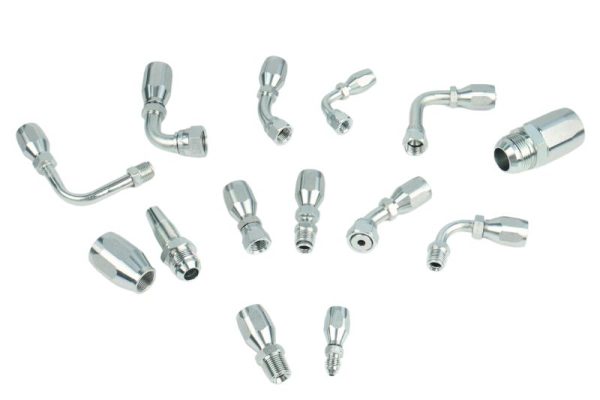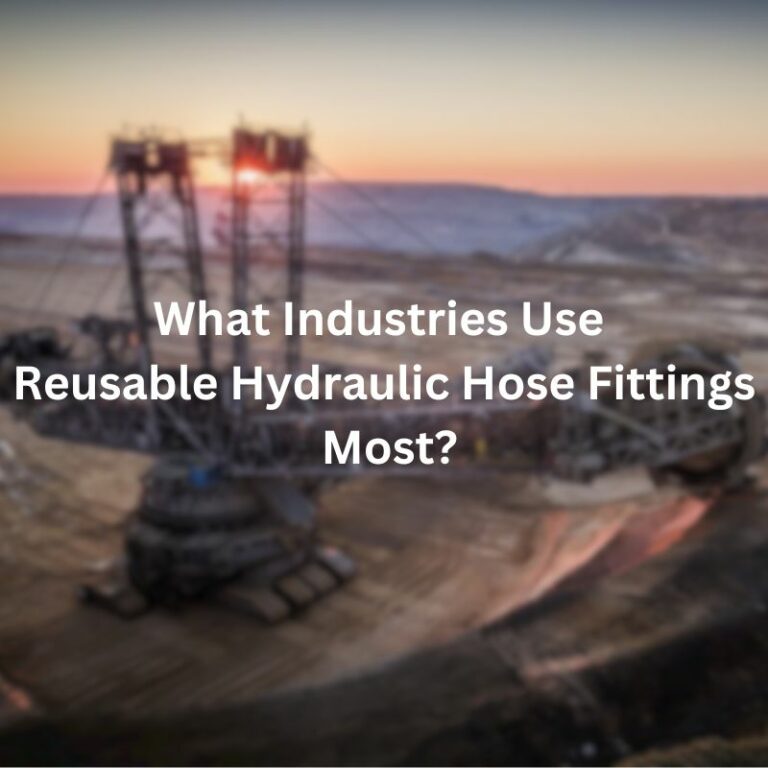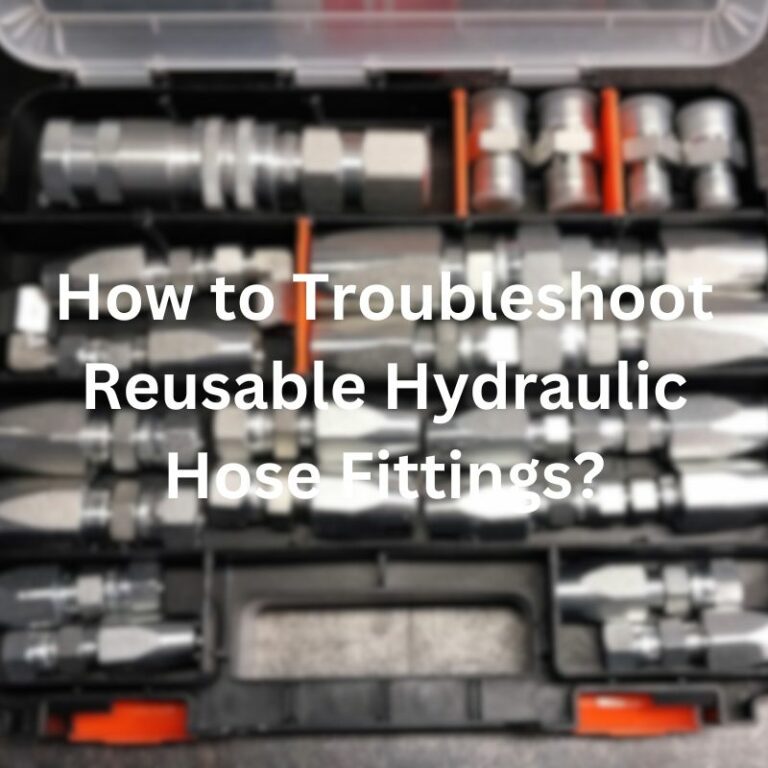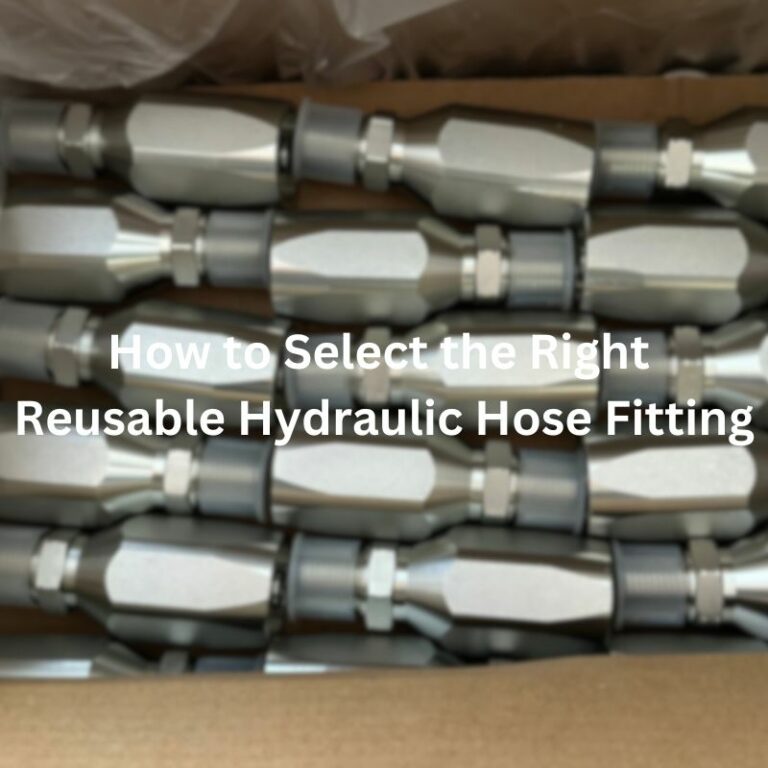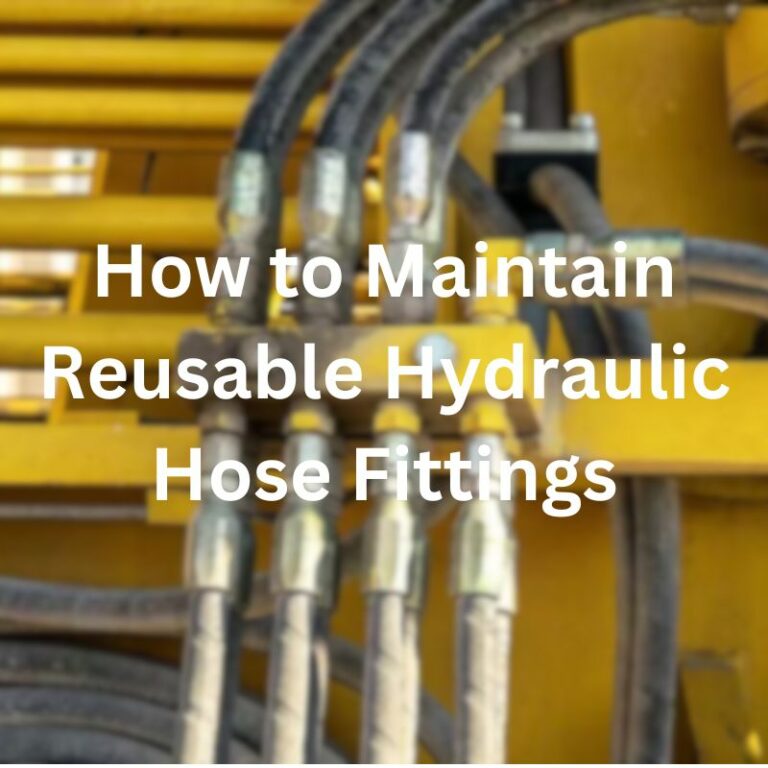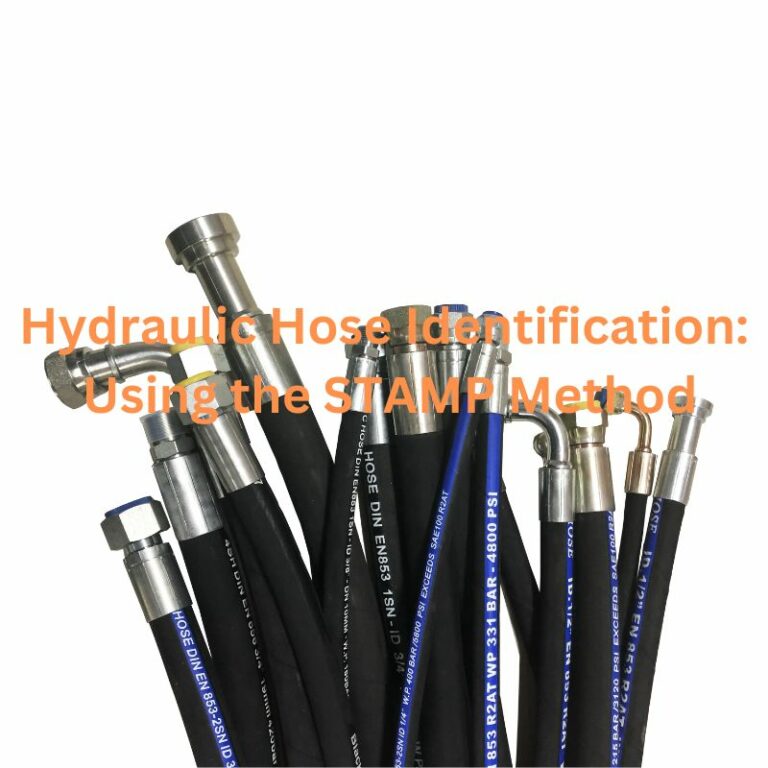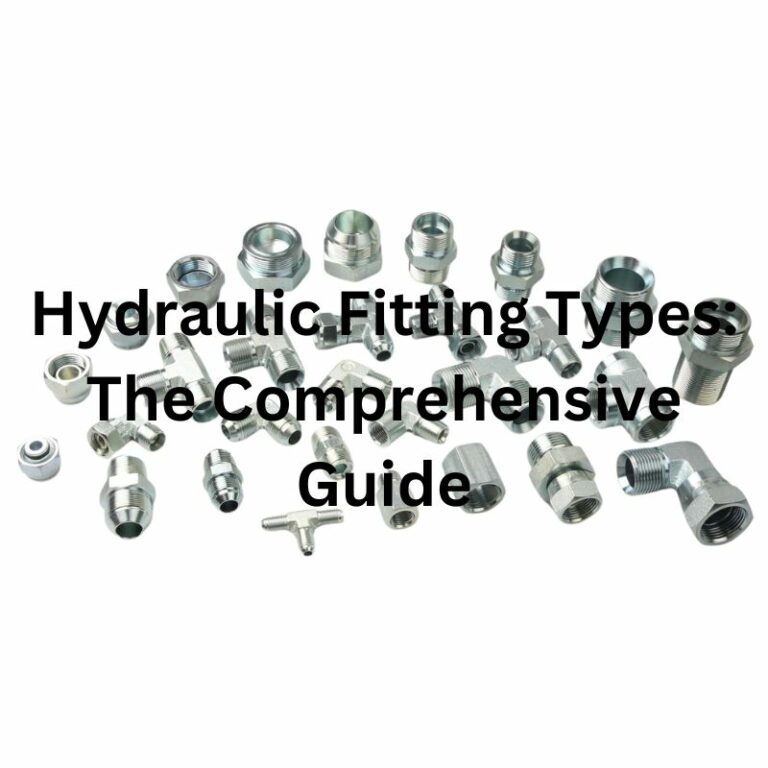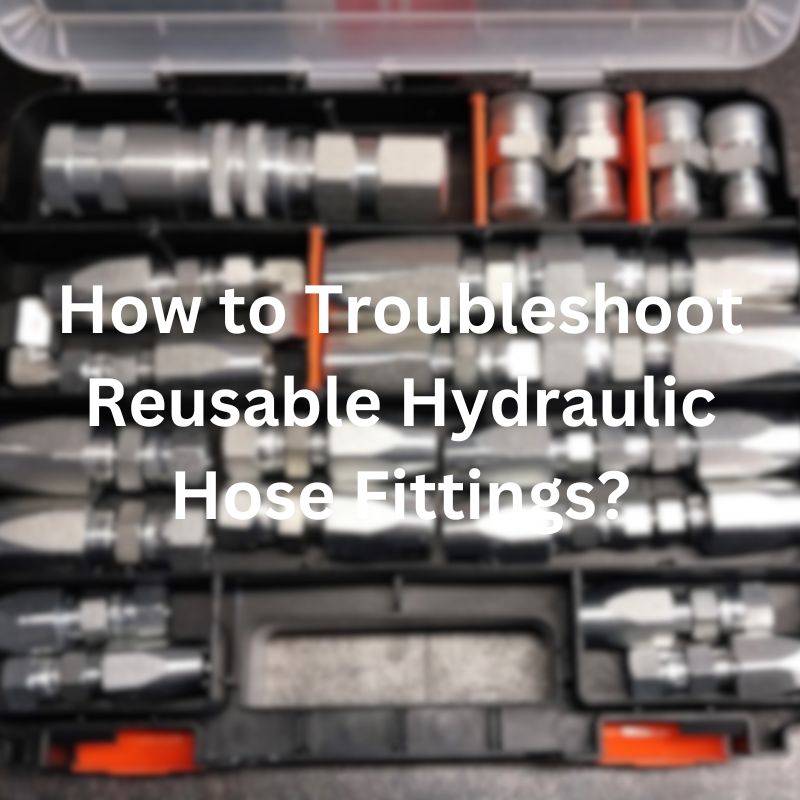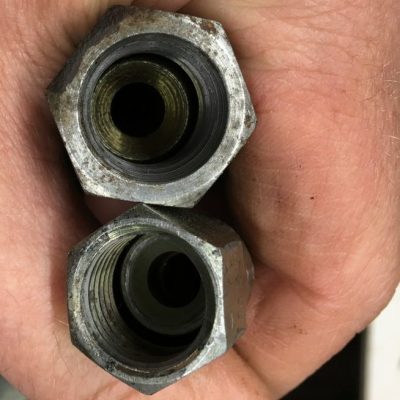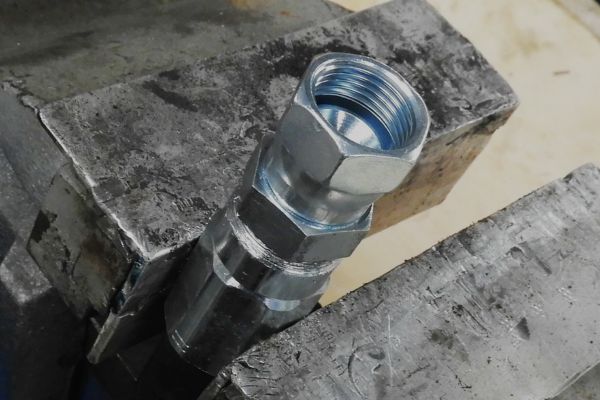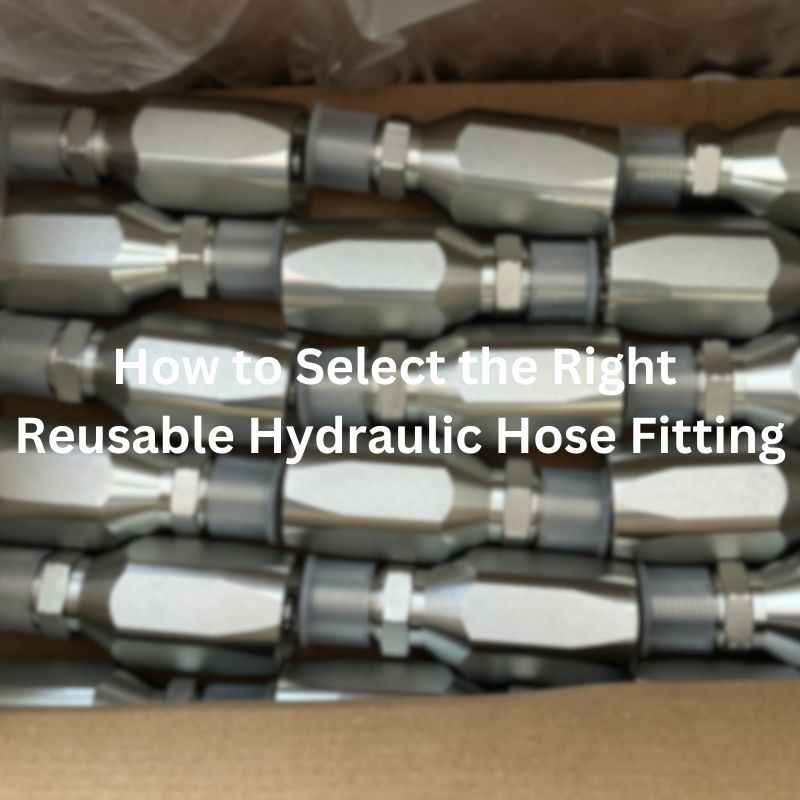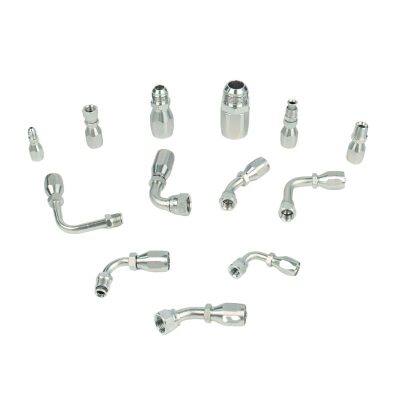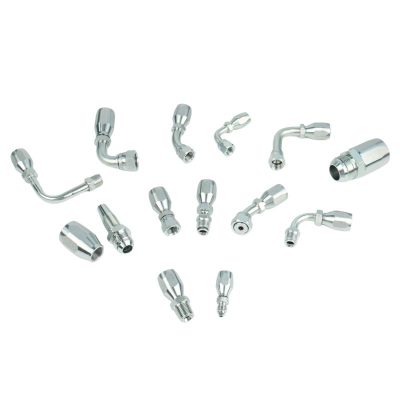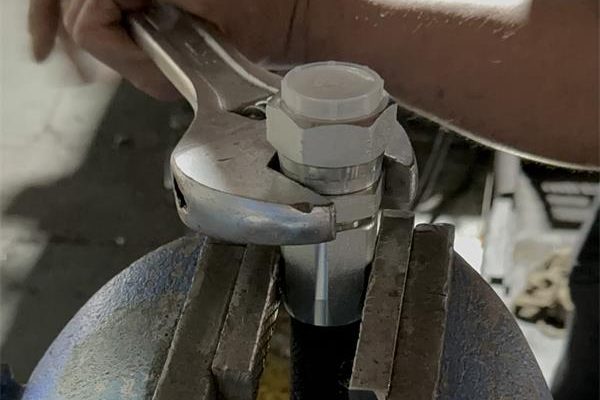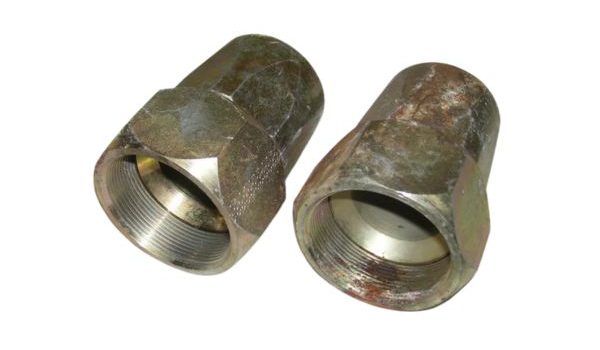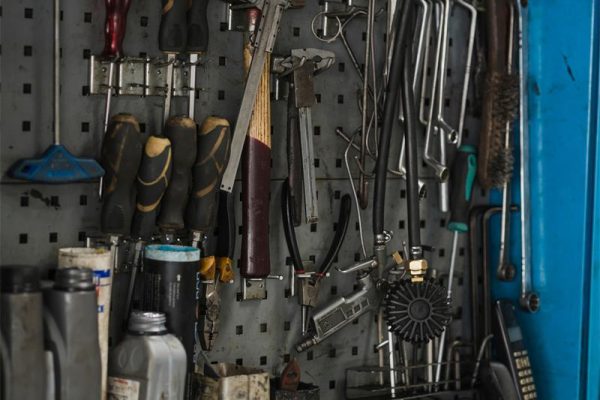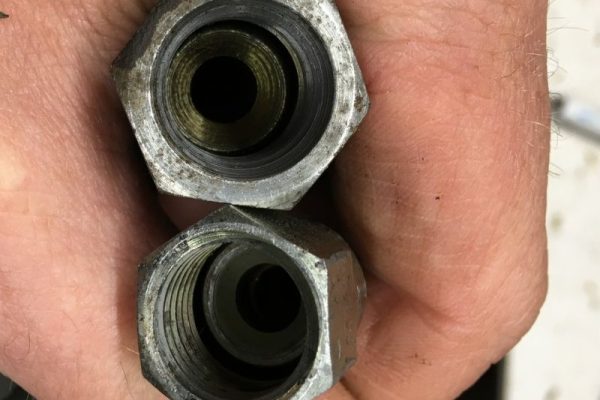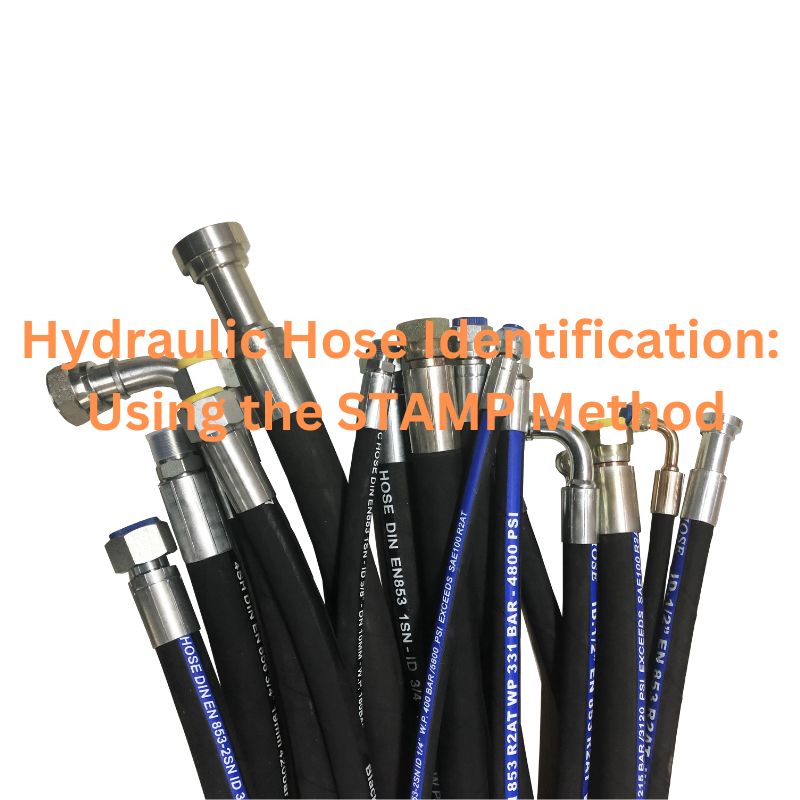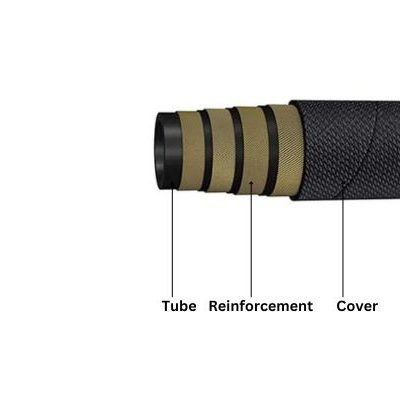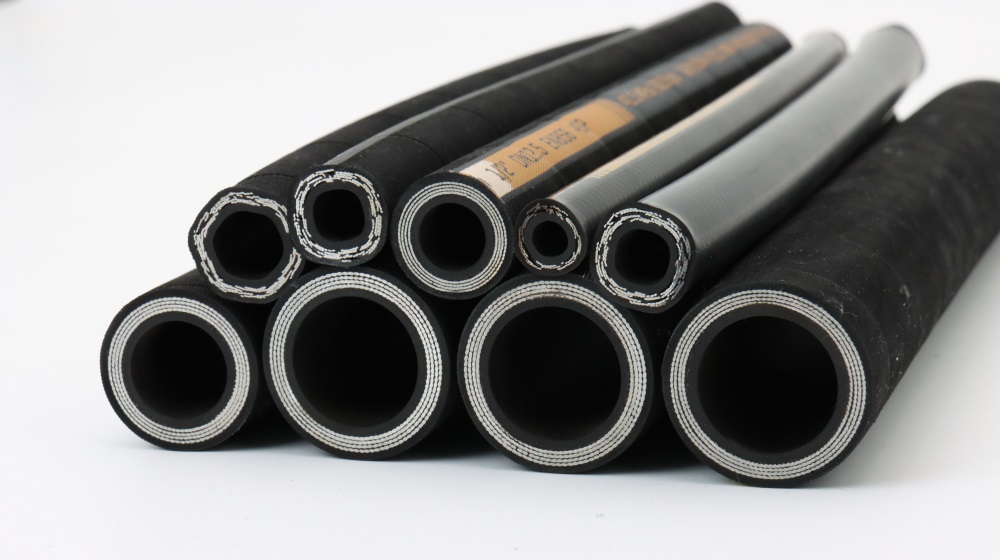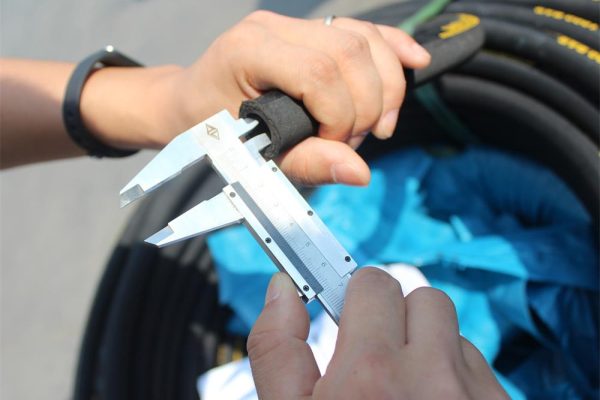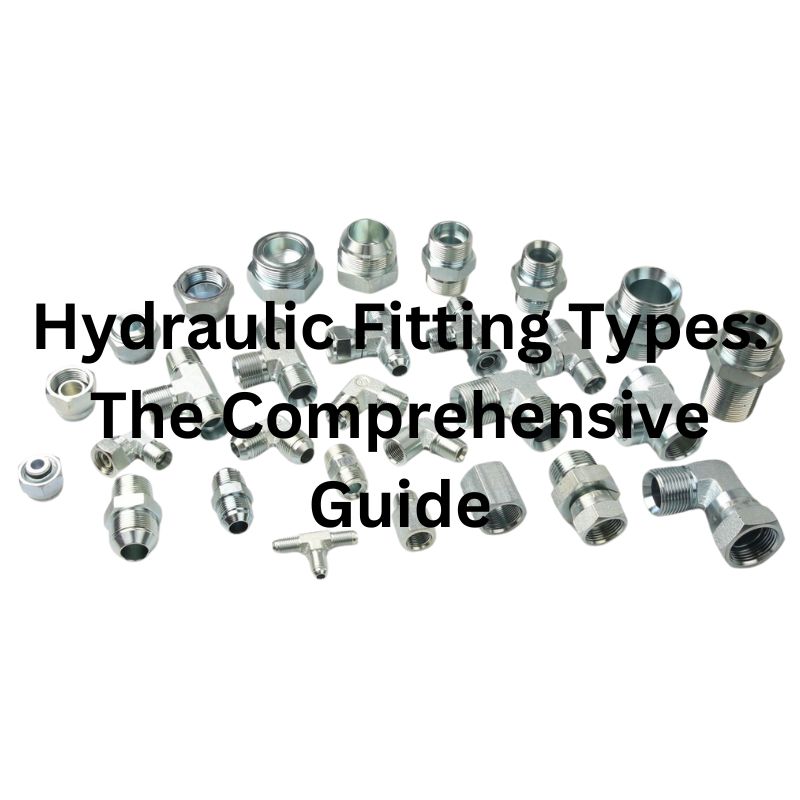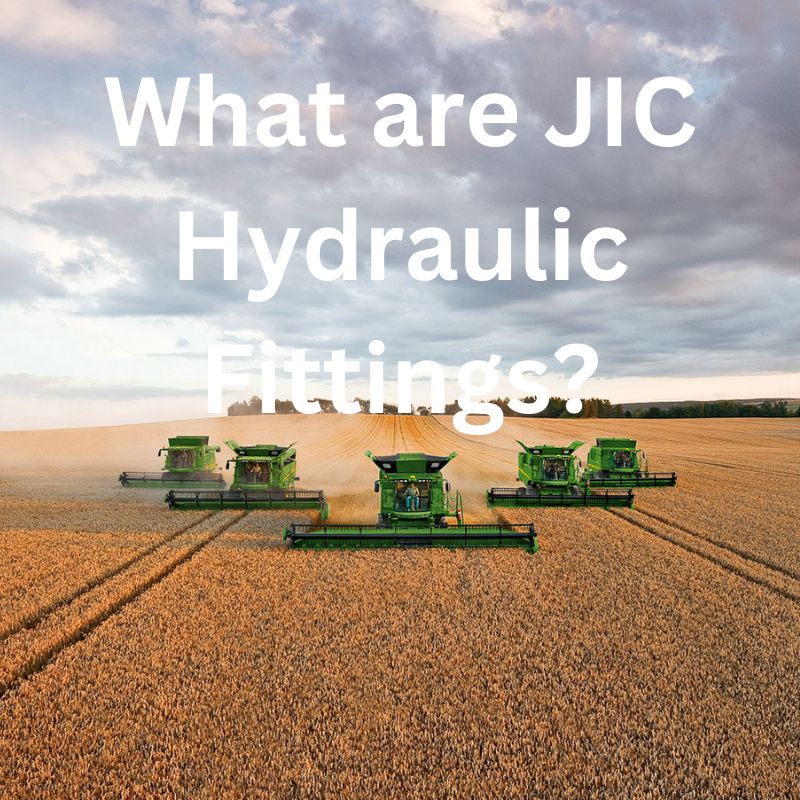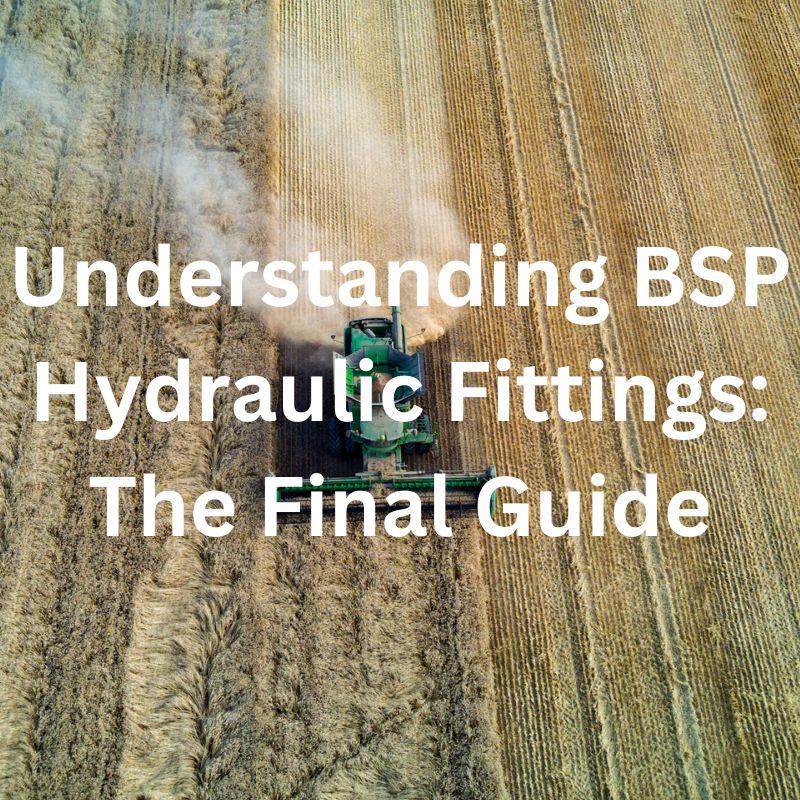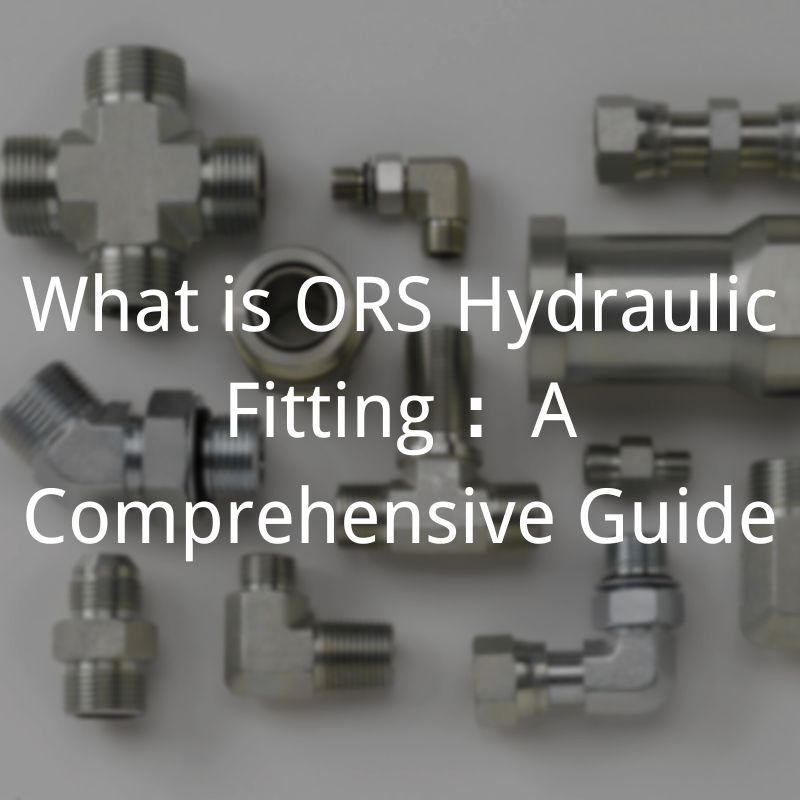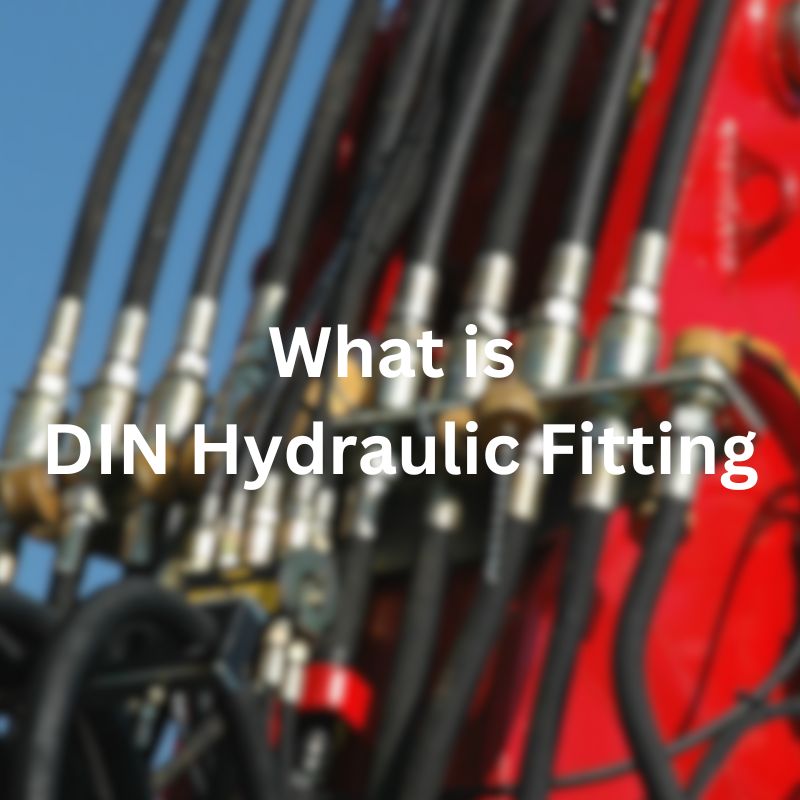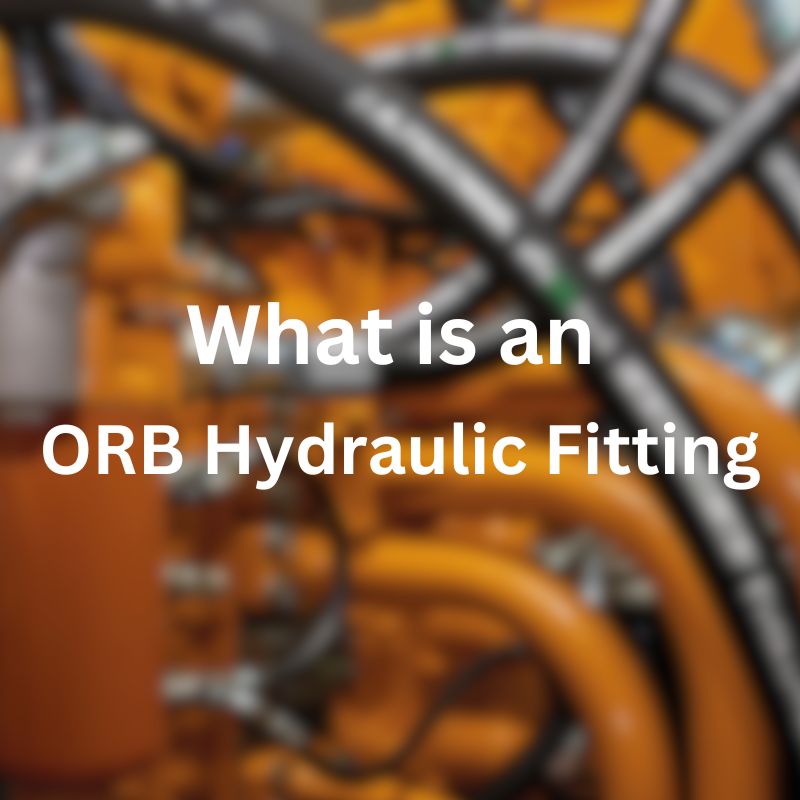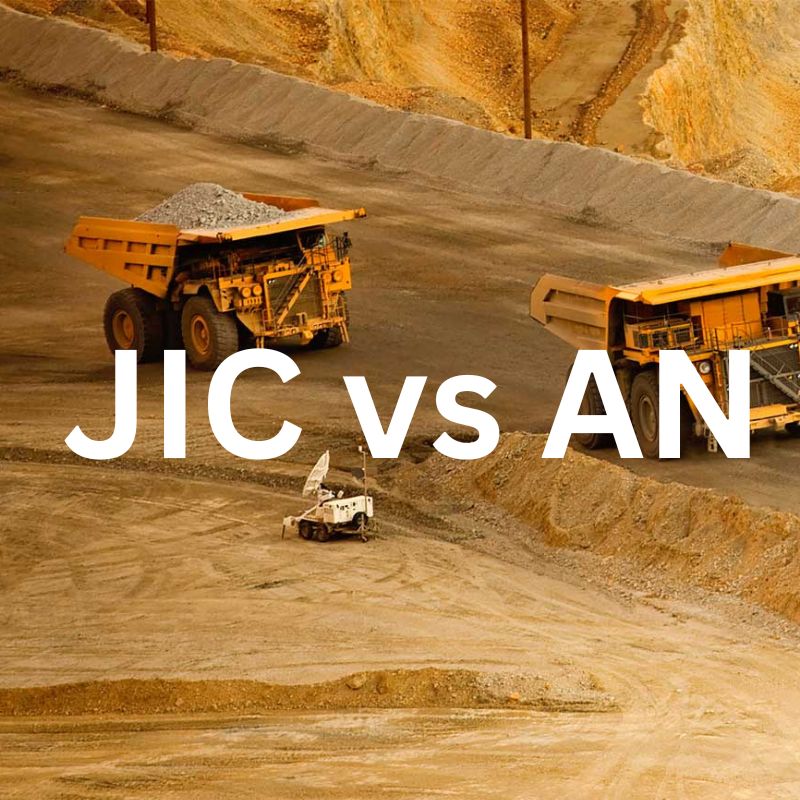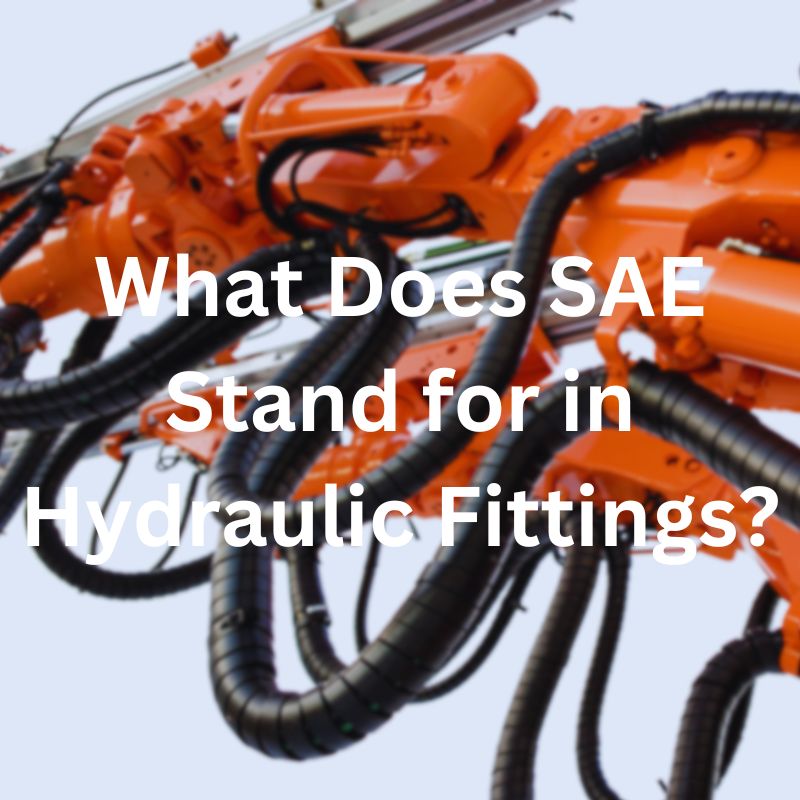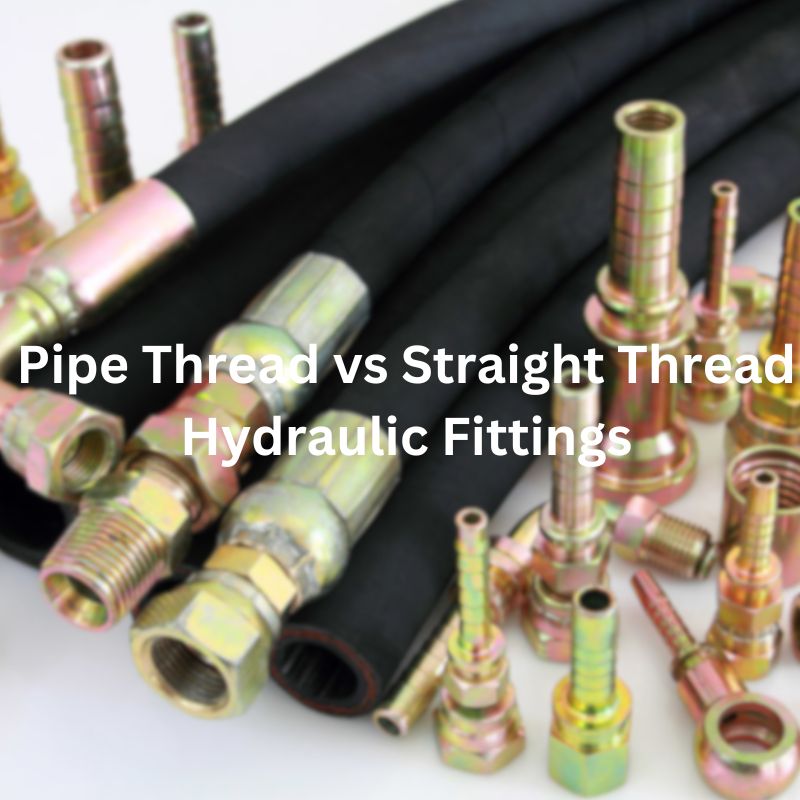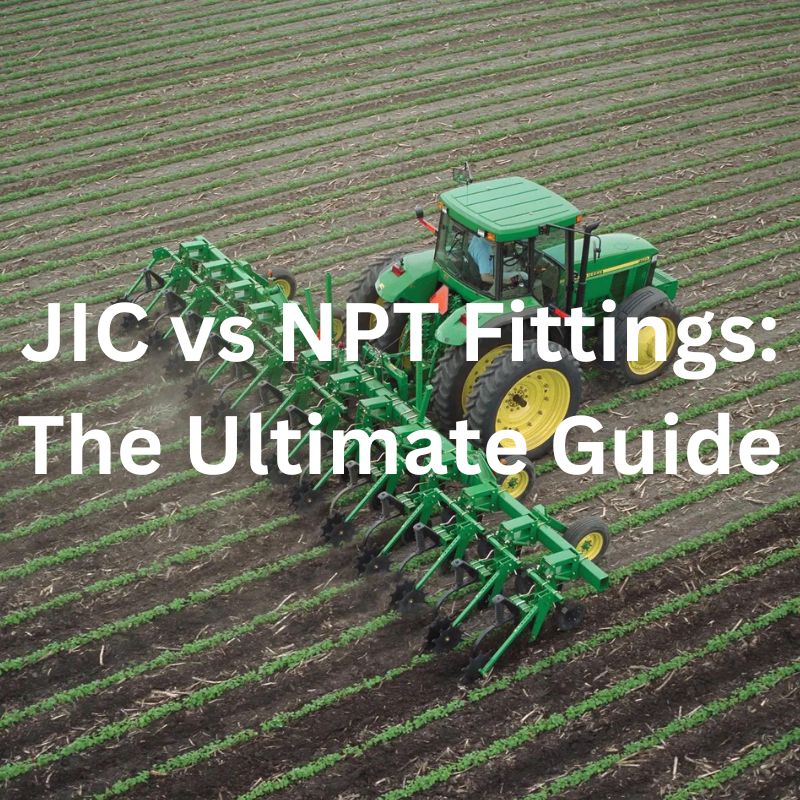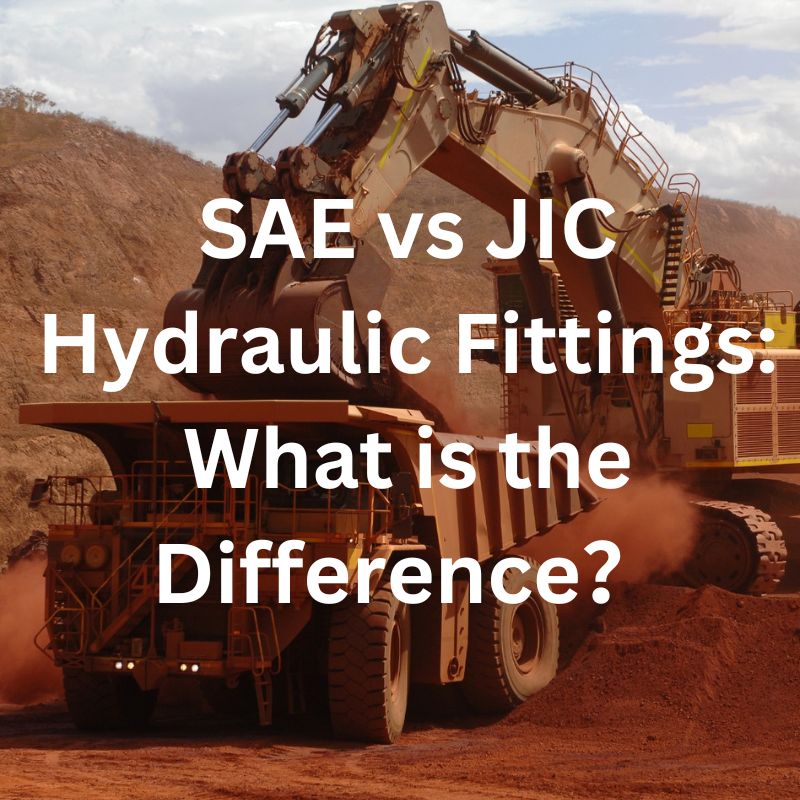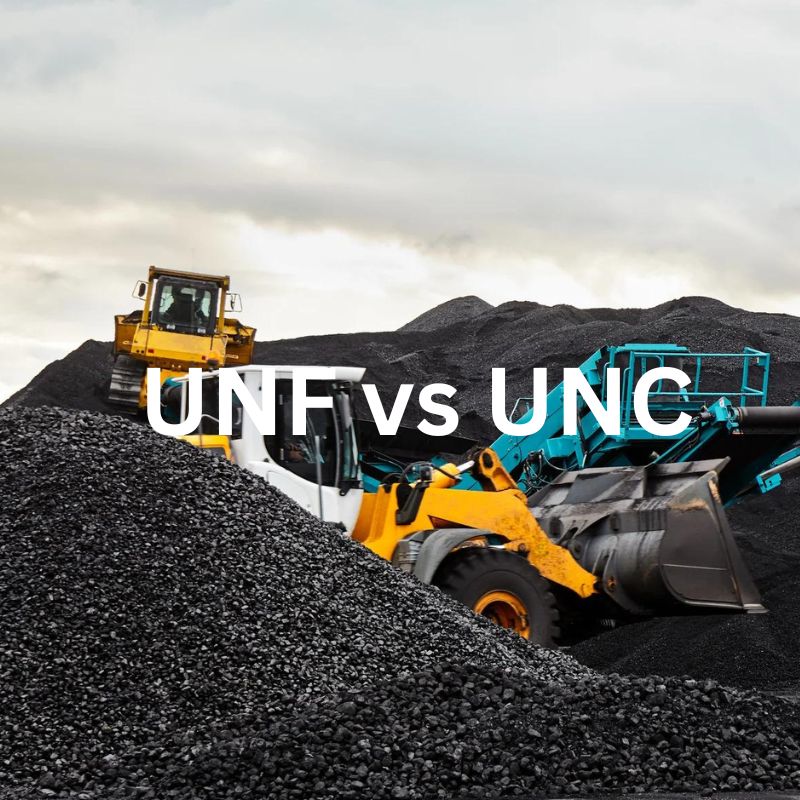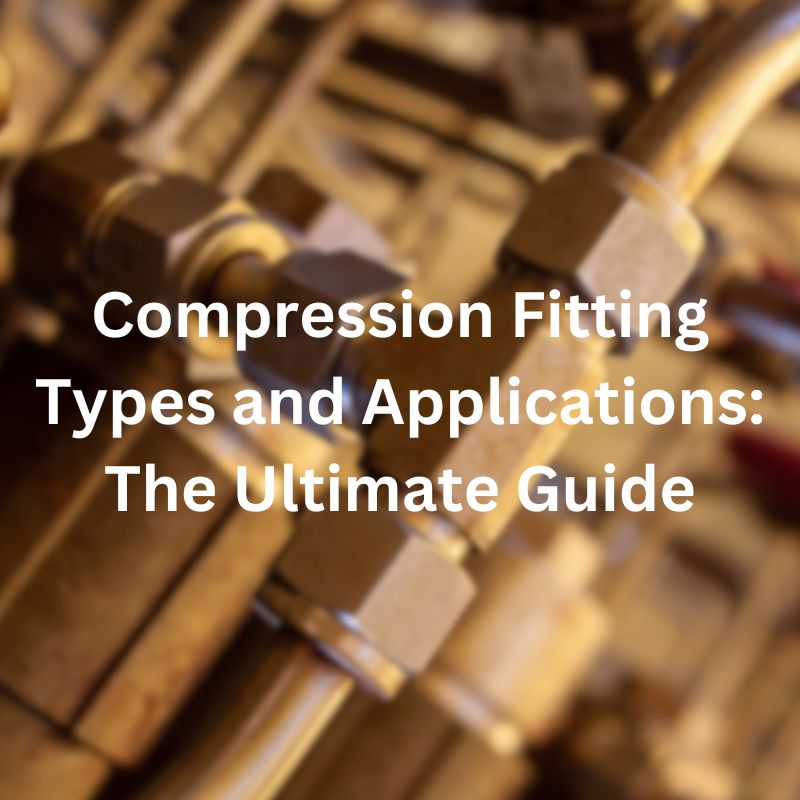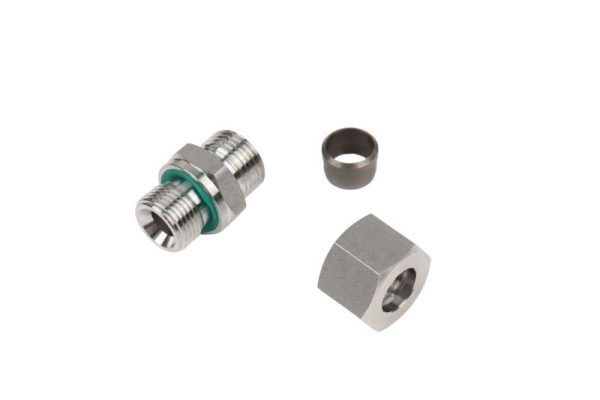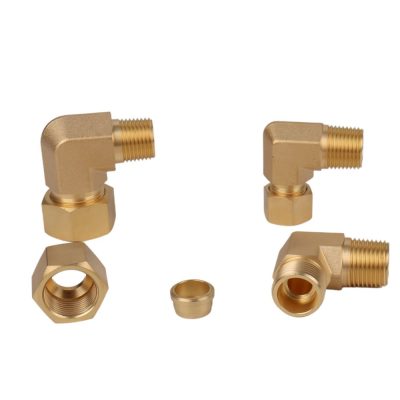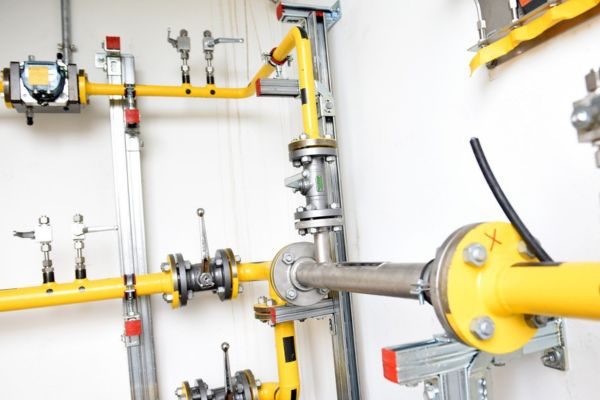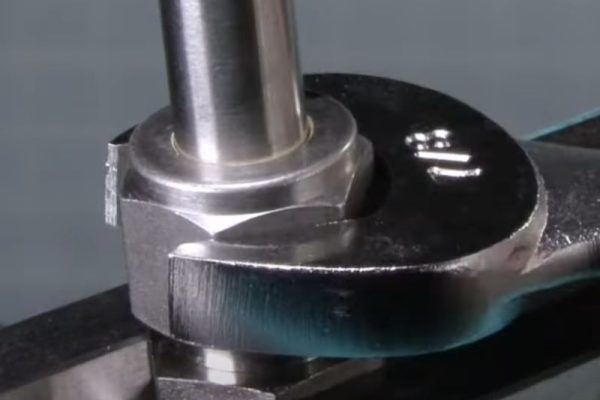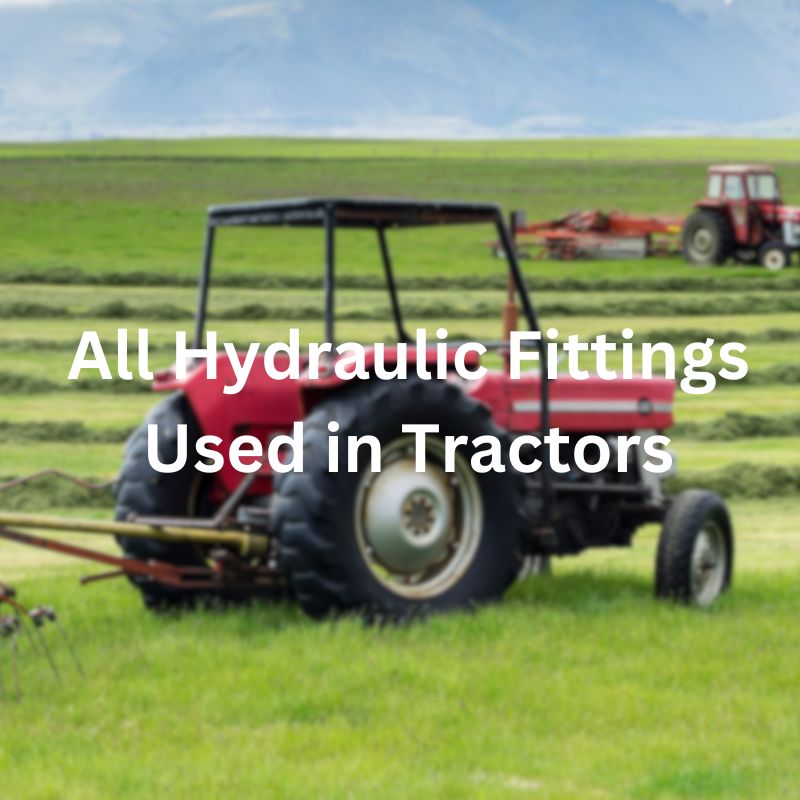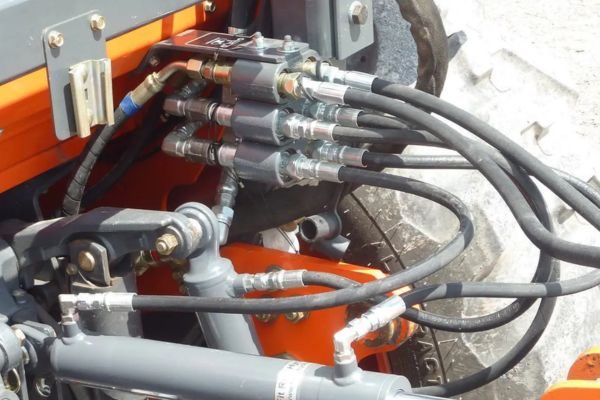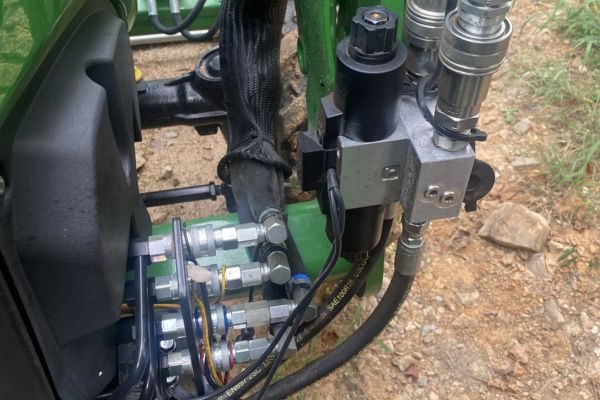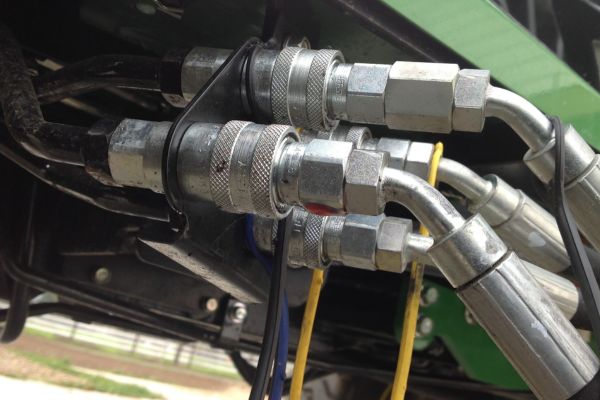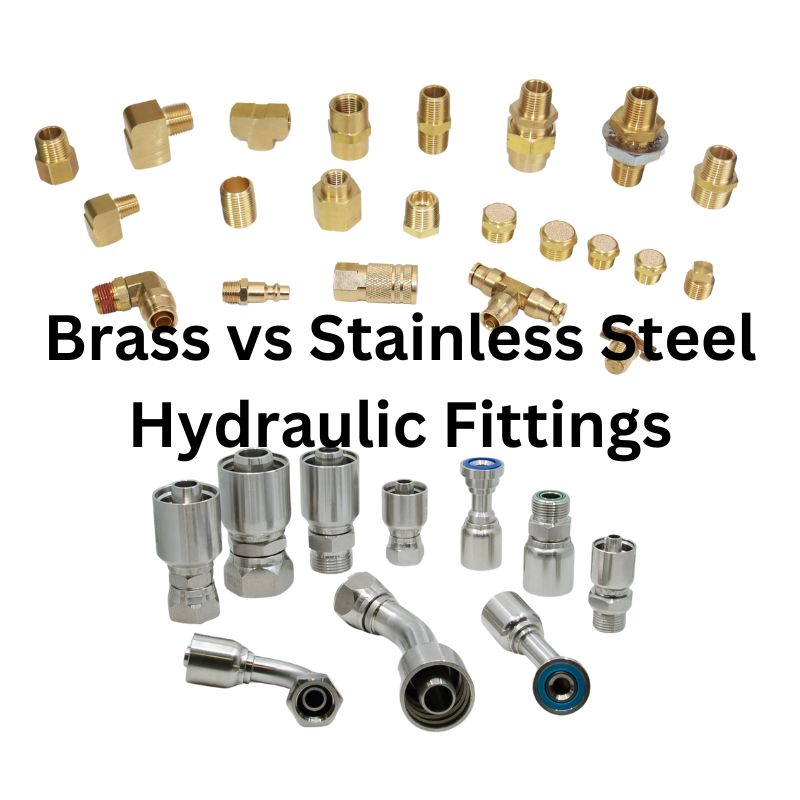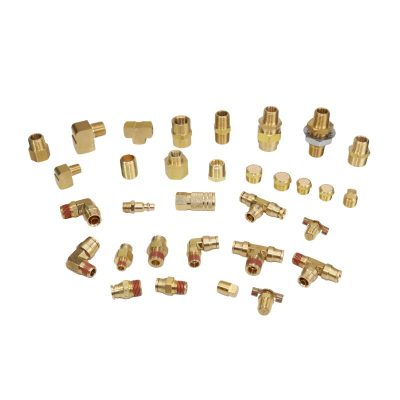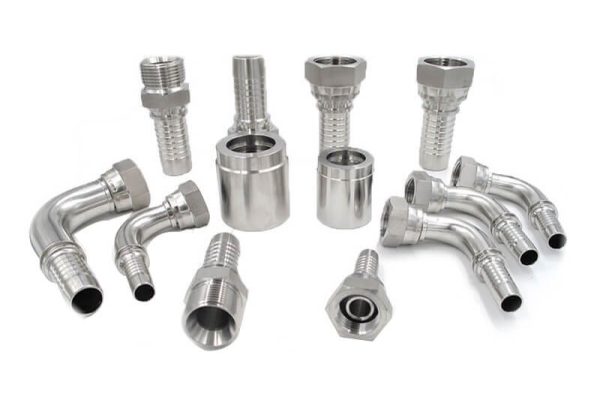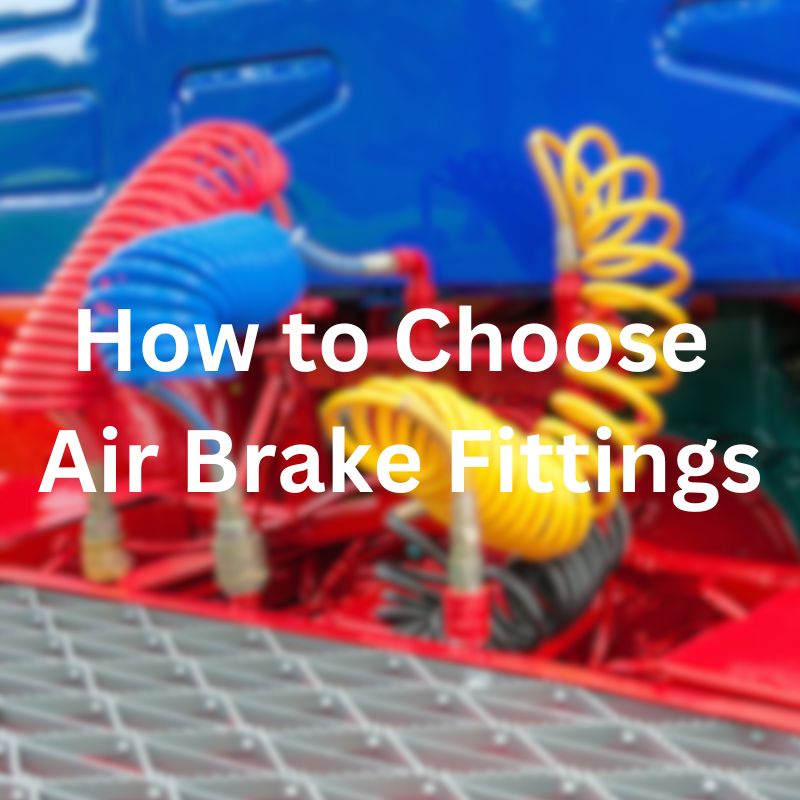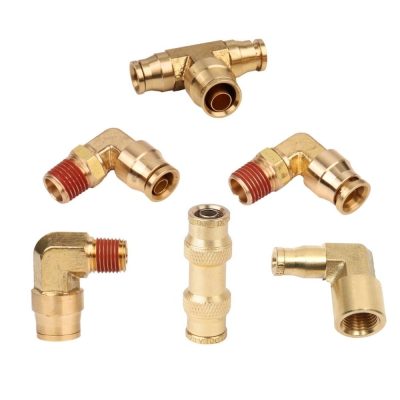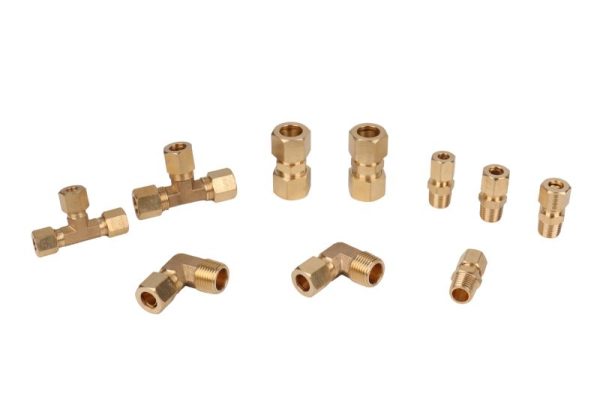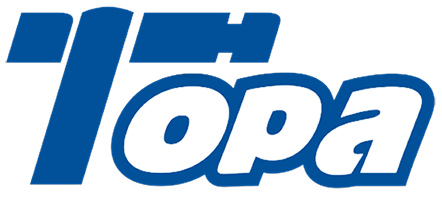What Industries Use Reusable Hydraulic Hose Fittings Most
Introduction
Reusable hose fittings are designed to be detached and reused, allowing for multiple applications without the need for replacement. This capability not only reduces waste significantly but also lowers the long-term costs associated with hydraulic systems in industrial operations. As industries globally move towards more sustainable practices, the demand for such reusable components has seen a notable increase.
Which industries use reusable hydraulic fittings the most?
The industries that most frequently use reusable hose fittings include agriculture, construction, manufacturing, automotive, and aerospace. These sectors value the fittings for their durability, cost-effectiveness, and environmental benefits. Reusable fittings reduce the need for frequent replacements, enhancing operational efficiency and sustainability in industries that depend heavily on robust hydraulic systems.
Key Industries that Use Reusable Hydraulic Fittings
Agriculture
In the agricultural sector, reusable hydraulic fittings are extensively used in a variety of machinery that is crucial for efficient farm operations. These fittings are favored for their durability and ease of maintenance, which are essential in reducing downtime and the need for frequent replacements during critical farming periods. Here are some specific machines and systems in agriculture where reusable hydraulic fittings are commonly utilized:
Tractors: Essential for plowing, tilling, and planting, tractors utilize hydraulic systems for attachments like loaders and backhoes, where reusable fittings ensure quick changes and repairs.
Combines: These machines, used for harvesting crops, have complex hydraulic systems that benefit from the use of reusable fittings for easy maintenance during the harvesting season.
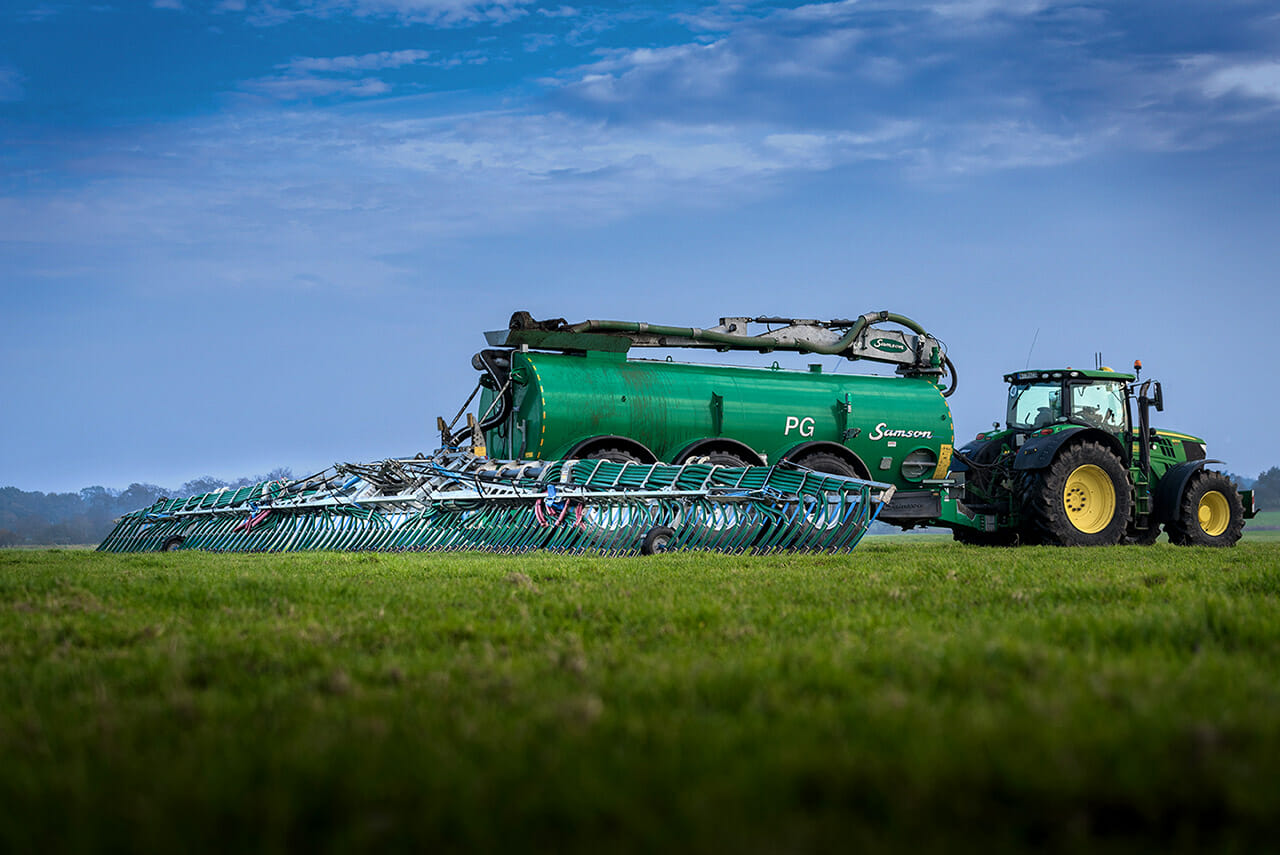
Irrigation Systems: Large-scale irrigation systems use hydraulics to control water flow and pressure. Reusable fittings can be easily adjusted or replaced, enhancing the reliability of water delivery systems.
Sprayers: Used for the application of pesticides and fertilizers, hydraulic sprayers benefit from reusable fittings to maintain high levels of precision and efficiency in fluid delivery.
Balers: Hydraulic systems in balers, which compress crop residues into compact bales, rely on reusable fittings for their heavy-duty operation and frequent hydraulic line setups and changes.
Seed Drills: These machines, which plant seeds at precise depths and spacing, use hydraulics for the seeding mechanism, where reusable fittings facilitate easy adjustments and maintenance.
Forestry Equipment: In agricultural forestry, equipment like skidders and feller bunchers use hydraulic systems with reusable fittings to handle the rigorous demands of forestry operations.
By using reusable hose fittings in these types of machinery, agricultural professionals can ensure continuous operation with minimal interruption, thereby maximizing productivity and efficiency during crucial farming operations. The adaptability and sustainability of these fittings make them highly valued in the agricultural industry.
Construction
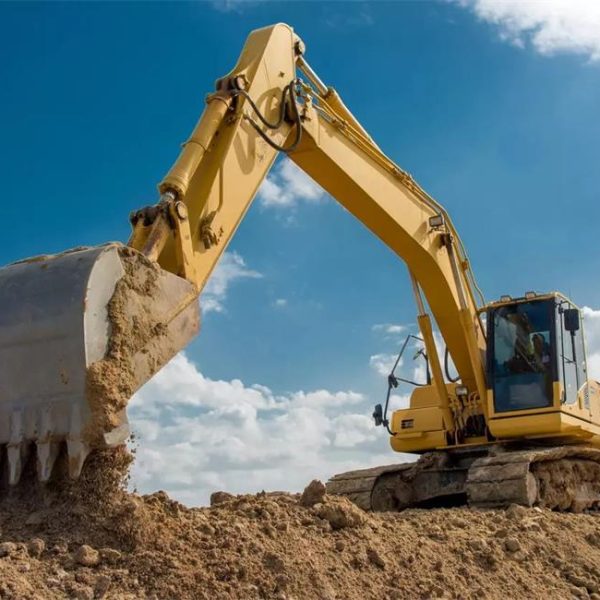
In the construction industry, reusable fittings are essential due to the intense demands placed on machinery in harsh work environments. These fittings are vital for maintaining operational efficiency and sustainability by allowing for repeated use without the need for frequent replacements, which also helps in reducing waste. Here are some key pieces of construction equipment where reusable hydraulic fittings are extensively utilized:
Excavators: These heavy machines depend on hydraulic systems for digging, lifting, and earth moving. Reusable fittings allow for quick repairs and adjustments on-site, minimizing downtime.
Cranes: Hydraulic systems in cranes must be exceptionally reliable as they lift heavy loads. Reusable fittings ensure that maintenance can be conducted swiftly and effectively, enhancing safety and productivity.
Bulldozers: Known for their powerful earth-moving capabilities, bulldozers rely on hydraulics for blade and ripper operations. Reusable fittings support the frequent adjustments required in different terrains and tasks.
Loaders: Loaders use hydraulic mechanisms to operate their buckets and lift heavy materials. The durability of reusable fittings is crucial for maintaining their functionality in diverse environmental conditions.
Backhoes: Combining elements of an excavator and a loader, backhoes use hydraulics extensively. Reusable fittings provide flexibility in maintenance, crucial for the dual functionality of these machines.
Dump Trucks: Hydraulic systems in dump trucks control the lifting mechanism of the truck bed. Reusable fittings facilitate easy maintenance, ensuring that these vehicles can reliably transport heavy loads.
Pavers: Used in laying asphalt, pavers rely on hydraulic systems to control material distribution and the leveling process. Reusable fittings help maintain precision in paving operations, crucial for quality road construction.
Manufacturing
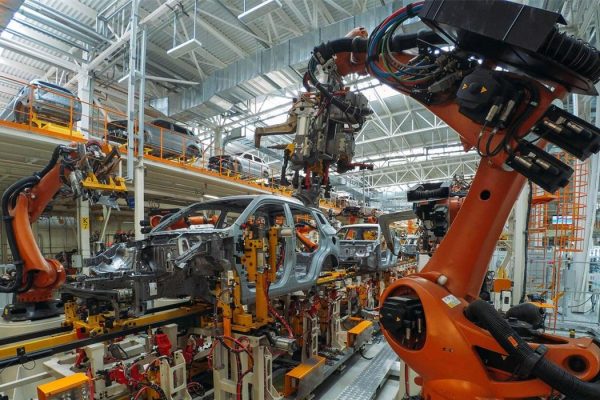
In the manufacturing sector, the use of reusable hydraulic fittings is instrumental in assembly lines and automated systems, where consistent and reliable operation is critical. These fittings provide the flexibility needed to maintain and adjust hydraulic systems quickly, thereby reducing operational costs and ensuring uninterrupted production schedules. Here are some areas within manufacturing where reusable fittings are particularly valuable:
Assembly Lines: These are the heart of manufacturing for various products, from automobiles to electronics. Hydraulic systems power many of the machines involved in assembly processes, and reusable fittings allow for quick changes and maintenance without significant downtime.
Automated Machinery: Many manufacturing operations depend on robots and automated equipment that use hydraulic systems for precise movements and operations. Reusable fittings support the frequent adjustments and maintenance these systems require, enhancing longevity and performance.
Injection Molding Machines: Used for producing plastic and metal parts, these machines rely on hydraulic systems to control the injection process. Reusable fittings make it easier to maintain the machines and handle the high pressures involved, thus ensuring product quality and system reliability.
Presses: Hydraulic presses, used in forming, stamping, and forging operations, benefit from reusable fittings, which can withstand high-pressure conditions and can be easily replaced or maintained, reducing the risk of production halts.
Packaging Machinery: This machinery often uses hydraulics for precise movements in packing and sealing products. Reusable fittings help maintain the efficiency and reliability of these operations, crucial for meeting production deadlines and maintaining product integrity.
Automotive

In the automotive industry, hydraulic systems are crucial for both production and maintenance processes, where precision and reliability are paramount. Reusable hose fittings play a vital role in this sector, especially in high-performance environments that demand frequent adjustments and configuration changes. These fittings offer several benefits that enhance efficiency and reduce costs:
Production Lines: Automotive manufacturing involves various hydraulic machinery for pressing, molding, and assembling vehicle parts. Reusable fittings allow for quick modifications and repairs, minimizing downtime and maintaining a steady production flow.
Maintenance Equipment: Maintenance of automotive vehicles often requires hydraulic lifts and tools that must be adaptable to different models and types of cars. Reusable fittings provide the necessary flexibility, allowing quick changes between tasks and reducing maintenance times.
Testing and Quality Control: Vehicles undergo rigorous testing, often utilizing hydraulic systems to simulate different driving conditions. Reusable fittings facilitate rapid setup changes and adjustments, ensuring efficient operation of testing equipment.
Material Handling: Automated guided vehicles (AGVs) and other material handling systems in automotive plants use hydraulics for navigation and operation. The use of reusable fittings in these systems helps in quick maintenance, reducing delays in material transport and handling.
Robotics: Many automotive plants use robotic arms that rely on hydraulic systems to perform precise movements. Reusable fittings enable these robots to operate continuously, with easy adjustments and repairs enhancing operational efficiency.
Mining
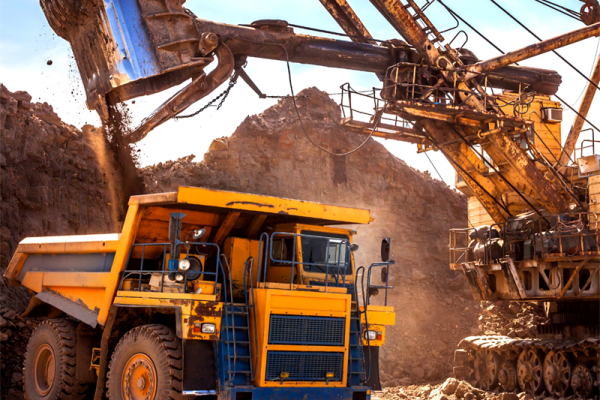
In the mining industry, hydraulic systems are integral to the operation of a wide range of heavy machinery and equipment. Reusable hydraulic hose fittings are particularly valuable in this sector due to the harsh operating conditions and the necessity for robust, reliable equipment maintenance. These fittings provide essential benefits that help maintain continuous operation, enhance safety, and reduce maintenance costs in a challenging environment.
Drill Rigs: Hydraulic systems power drill rigs used for exploration and blasting in mining operations. Reusable fittings facilitate easy and quick replacements, ensuring drills operate with minimal interruption, which is vital for maintaining production schedules.
Loaders and Dump Trucks: These vehicles are used to transport mined materials. The hydraulics that control the loading and unloading mechanisms often utilize reusable fittings, enhancing the efficiency of maintenance practices and reducing potential delays.
Graders: Used for clearing and preparing mine sites, these machines rely on hydraulics for their heavy-duty capabilities. Reusable fittings are essential for swiftly addressing hydraulic system issues that can arise from frequent, rugged use.
Conveyor Systems: Hydraulic systems are also used in controlling conveyor belts that transport materials within mining operations. Reusable fittings ensure that any leaks or maintenance issues can be quickly resolved to maintain continuous material flow.
Choosing the Right Fitting for Your Industry
Choosing the right hydraulic hose fitting is crucial for maintaining system integrity, safety, and efficiency in any industrial operation. The selection process involves multiple factors that can significantly influence the performance and reliability of hydraulic systems. Here are the key considerations for selecting the appropriate hydraulic hose fittings for your specific industry needs:
Factors to Consider
Material Compatibility
Fluid Compatibility: The materials used in the hose fittings must be compatible with the hydraulic fluid used. Different fluids such as water-based, petroleum-based, or synthetic types can require different materials such as stainless steel, brass, or aluminum to prevent corrosion and wear.
Environmental Conditions: The material should also be selected based on the environmental conditions it will be exposed to, such as extreme temperatures, chemicals, or saltwater, which can affect the durability and functionality of the hose fittings.
Pressure Ratings
System Pressure: Choose fittings that can handle the maximum operating pressure of the hydraulic system. This includes considering burst pressure ratings to ensure safety and reliability under peak pressure conditions.
Pulse Pressure: In systems experiencing pressure spikes, fittings must withstand pulse pressures without failure. Regular operational pressures and occasional spikes determine the necessary strength and design of the fittings.
Connection Types
Thread Types: The thread type of the fittings must match the ports they connect to, such as NPT (National Pipe Thread), BSPP (British Standard Pipe Parallel), or metric threads, to ensure a tight and leak-free seal.
Configurations: Consider the configuration of the fitting based on the assembly and routing of the hose. Options include straight, elbow (45° or 90°), or specialized shapes that need to align with the installation space and ease of maintenance.
Quick Disconnects: For applications requiring frequent disassembly, quick disconnect fittings provide a convenient solution without the need for tools, saving time and reducing fluid loss during changes.
Industry-Specific Requirements
Regulatory Compliance: Certain industries have specific regulatory requirements that affect fitting selection, such as FDA approval for food and beverage applications or flame-resistant materials for use in hazardous environments.
Application Specificity: The nature of the application, such as static plant equipment or mobile machinery, impacts the type of fittings used. Dynamic applications may require more robust fittings to handle movement and flexing without leaking.
Installation Tips
Read Manufacturer Instructions
Detail-Oriented: Always start by reading the manufacturer’s instructions carefully. Each type of fitting might have specific requirements or installation procedures that need to be followed to ensure proper function and safety.
Inspect Components Before Installation
Condition Check: Before assembling, inspect the fittings and hoses for any signs of damage, such as cracks, nicks, or any deformation. Even small imperfections can lead to leaks or failures under pressure.
Compatibility Verification: Ensure that the hose and fittings are fully compatible in terms of size, type, and material to handle the intended pressures and fluids.
Avoid Over-Tightening
Correct Torque: Use a torque wrench to tighten fittings to the manufacturer’s recommended torque settings. Over-tightening can strip threads or deform the fitting and under-tightening can cause leaks.
Repeat Checks: After the initial installation, it’s advisable to re-check the torque after the first few hours of operation, as vibrations and pressure changes can affect tightness.
Route Hoses Properly
Avoid Sharp Bends: Ensure that hoses are routed to avoid sharp bends, which can cause the hose to kink or wear prematurely. Follow the minimum bend radius recommended by the hose manufacturer.
Secure Routing: Use clamps to secure hoses away from moving parts, sharp edges, or high-temperature areas to prevent abrasion and thermal damage.
Use Proper Assembly Tools
Specific Tools: Utilize tools specifically designed for hydraulic hose assembly. Using inappropriate tools can damage fittings and hoses.
Clean Tools: Keep all tools clean and free of contaminants to prevent introducing dirt into the hydraulic system during installation.
Conduct a Leak Test
Pressure Test: After installation, perform a pressure test to check for leaks. This should be done at pressures slightly higher than the system’s maximum operating pressure to ensure safety during normal operations.
Visual Inspection: Regularly inspect the connections during the initial hours of operation for any signs of leakage or slippage.
Regular Maintenance Checks
Scheduled Inspections: Establish a regular schedule for inspecting hydraulic hoses and fittings. Look for signs of wear, leaks, and fatigue.
Record Keeping: Maintain records of installations and maintenance activities to help predict replacement intervals and identify recurrent issues.
Conclusion
In conclusion, reusable hose fittings play a pivotal role in a variety of industries including agriculture, construction, manufacturing, automotive and mining. The selection and proper installation of these fittings is important and requires consideration of material compatibility, pressure ratings, and connection types. Following best practices in installation and maintenance not only prevents system failure, but also extends the life of the fittings, ensures optimal system performance and reduces environmental impact.
Simple FAQ
Reusable hose fittings offer cost savings, environmental benefits by reducing waste, and ease of maintenance and repair which can significantly decrease downtime in industrial operations.
No, it’s important to check the compatibility of reusable fittings with specific hydraulic fluids. Different materials used in fittings may react differently with various types of fluids, such as petroleum-based, water-based, or synthetic fluids.
It’s advisable to inspect these fittings regularly, depending on the severity of the application and the environmental conditions. Typically, a visual inspection during regular maintenance intervals is recommended to check for wear, leaks, or damage.
Yes, industries that benefit the most include those where machinery is used in harsh environments or requires frequent configuration changes, such as in agriculture, construction, manufacturing, automotive, and mining industries.
If a leak occurs, it is crucial to assess and rectify the issue immediately. This might involve re-tightening the fitting to the correct torque, replacing worn out seals, or fully replacing the fitting if it shows signs of significant wear or damage.
Selecting the right fitting involves considering several factors including the type of hydraulic fluid, the operating pressure of the system, environmental conditions, and the specific requirements of the application, such as vibration, temperature, and the presence of corrosive substances. Consulting with a hydraulic systems specialist is also advisable to ensure optimal compatibility and performance.


